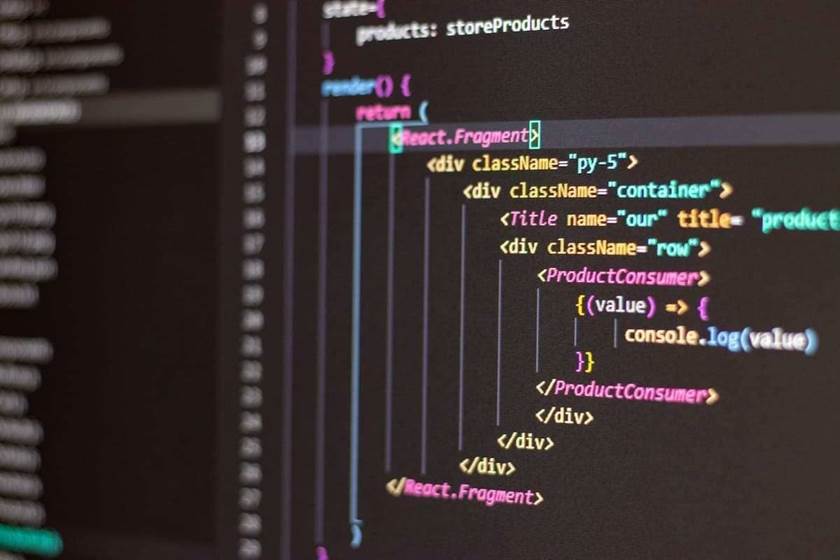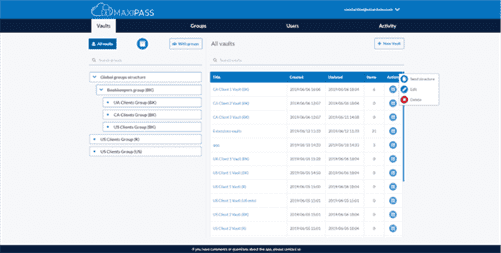If you’re looking for a reliable software development company to turn your idea into a top-quality software product, contact our team today. The Iterative model incorporates a series of smaller “waterfalls,” where manageable portions of code are carefully analyzed, tested, and delivered through repeating development cycles. Getting early feedback from an end user enables the elimination of issues and bugs in the early stages of software creation.
This approach helps demonstrate a proof of concept early in the cycle, and it more accurately reflects the disorderly, even chaotic evolution of technology. The Agile model has existed for a long time, and still hasn’t lost its punch. Lately, the model is widely adopted by organisations, and it is proven to be quite the driving force behind software development. Some companies see so much value in the model that it is used for other projects, including non-technical projects and activities. The biggest difference between the lean methodology and the other methodologies is that the system’s full set of requirements is unknown when the project is launched.
Systems Analysis & Design (SAD)
It facilitates efficient resource management, risk mitigation, and clear stakeholder communication throughout the development process. By emphasizing thorough documentation, user-centered design, and continuous feedback, the SDLC ensures the system’s relevance and effectiveness over time. Discuss the impact AI might have on this process and how it might streamline this process.

This has recently been increased to seven SDLC methodologies or phases. Developers can now describe clearer and more effective actions to achieve specific goals via these newly added phases. Whether a system is technical or not, it can gain from the SDLC procedure.
Phase 5: integration & testing
This ensures that the objective of the system is met and that it is fit for purpose. Most solution providers use the waterfall life cycle approach for software solution development. The waterfall approach (refer Figure 14.3) helps to understand the extent of the residual risks and allows one to work conscientiously toward reducing those risks. The third theme includes ways to determine the processes (actions) necessary to produce the results as defined by the requirements of the system. It is difficult to incorporate changes or customers’ feedback since the project has to go back to one or more previous phases, leading teams to become risk-averse. There are seven stages in the SDLC and six common models that are used for different projects.
- RAD focuses on quickly building a working model of the software or system, getting feedback from users, and updating the working model.
- There’s a distinct plan for each phase that builds on what was learned in earlier phases.
- Stackify’s APM tools are used by thousands of .NET, Java, PHP, Node.js, Python, & Ruby developers all over the world.
- Tests should prove that the system complies with all design specifications and any required security measures.
- It’s actually a series of short waterfall cycles, each producing an early prototype representing a part of the entire project.
- The point of a good system is to marry the two needs at the most efficient and cost-effective manner.
- The Spiral model is one of the most adaptable SDLC approaches since it borrows from the Iterative model and its emphasis on iteration to guide the project through its four phases repeatedly till completion.
The business systems analyst should also look at what resources are needed while remembering what is available, and how it can be used. Having covered the major SDLC methodologies offered by software development companies, let’s now review whether they are actually worth employing. It enables regular incorporation of feedback, which significantly reduces the time and costs required to implement changes. The testing stage ensures the application’s features work correctly and coherently and fulfill user objectives and expectations. It is often incorrectly equated with the actual development process but is rather an extensive prototyping stage.
Stages of SDLC and Best Practices and Methodologies
Those involved in the SDLC include the c-suite executives, but it is the project/program managers, software and systems engineers, users, and the development team who handle the multi-layered process. Each project has its own level of complexity in planning and execution, and often within an organization, project managers employ numerous SDLC methods. Even when an enterprise utilizes the same methods, different project tools and techniques can differ dramatically.
New Synopsys Research Reveals Vast Majority of Organizations … – PR Newswire
New Synopsys Research Reveals Vast Majority of Organizations ….
Posted: Tue, 10 Oct 2023 12:07:00 GMT [source]
The basic fact finding techniques include questionnaires, interviews, observation, and document collection. The software development life cycle (SDLC) is the process of planning, writing, modifying, and maintaining software. Developers use the methodology as they design and write modern software for computers, cloud deployment, mobile phones, video games, and more. Adhering to the SDLC methodology helps to optimize the final outcome.
Steps in SDLC
It’s worth noting that each project participant plays an important role across the SDLC and they all have a direct impact on the overall wellbeing of projects. The SDLC has grown to be critical thanks to its standardized phases that manage a balancing act between costs, quality, and time to meet modern business demands, urgency, complexity, and to top it off, with tight budgets. Regular updates are being put out by the model, each of which has little improvements over the last.

Furthermore, small bugs that were not found during testing can make an appearance later on. During this phase of the System Development Life Cycle, the requirements and desired functions are described in great detail, including process charts, rules, and other documentation. Additionally, this framework ensures that the system is developed within the given time constraints what is a system development life cycle and budget. Thanks to SDLC, the new system is implemented flawlessly in the current and future IT-infrastructure of a given company. An effective SDLC ensures that the to-be-developed system is high quality and meets the client’s expectations. Tests should prove that the system complies with all design specifications and any required security measures.
What is system development life cycle testing?
Application performance monitoring (APM) tools can be used in a development, QA, and production environment. This keeps everyone using the same toolset across the entire development lifecycle. Popular SDLC models include the waterfall model, spiral model, and Agile model. During the Analysis stage, the focus is on gathering and understanding the requirements of the system.
Lack of design since changes are being put in the system might unknowingly affect other parts of the system. Easier to trace a problem in the system to its root whenever errors are found, even after the project is completed. Documentation reduces the risks of losing personnel, easier to add people to the https://www.globalcloudteam.com/ project. Too much time spent attending meetings, seeking approval, etc. which lead to additional cost and time to the schedule. Take time to record everything, which leads to additional cost and time to the schedule. Next, let’s explore the different stages of the Software Development Life Cycle.
What Is the Software Development Life Cycle? SDLC Explained
During these phases architects, developers, and product managers work together with other relevant stakeholders. The framework is structured in a methodical way, and is used to offer an outline for the development and adjustment of technical and non-technical components of a high-quality system. Technology has progressed over the years, and the systems have gotten more complex.

